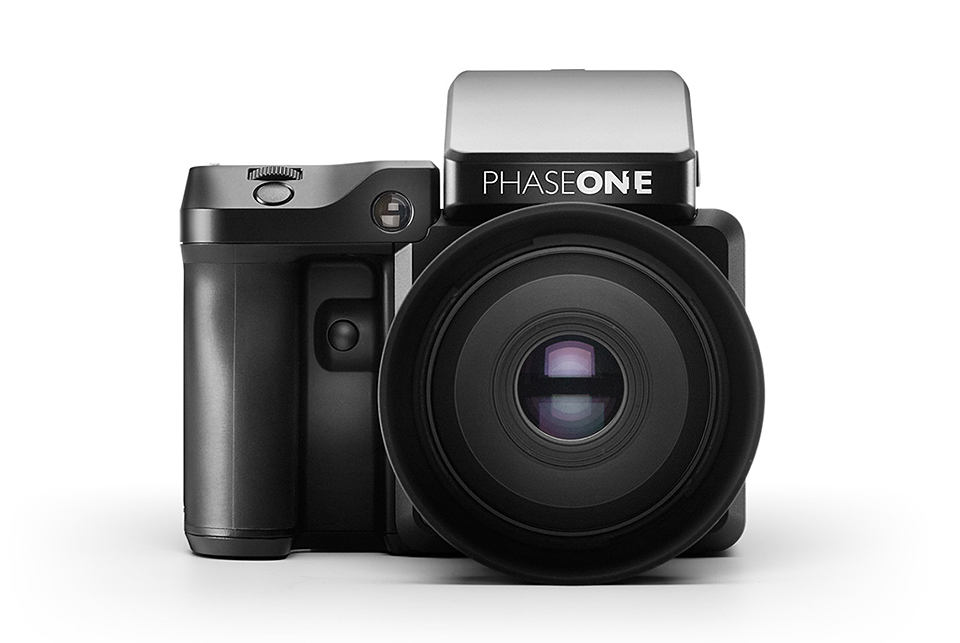
Maximum resolution basketball with a Phase One XF-100MP
By Andrew Paquette – Be sure to see his website at www.paqphoto.com
I was asked to shoot some basketball for the Streetball Masters 3X3 tour in the Netherlands this year. Like last year, I intended to shoot a variety of games in different cities and then write an article here to show some of my favourite images. Two things made this years’ experience quite different from last year. The first is that almost every game I shot took place indoors due to rain. Normally I shoot these outside and benefit from sunlight to yield nice, smooth images. This year, I shot almost everything at between 1600-6400 ISO. The second difference is that a couple of weeks ago, my local Phase One dealer offered to loan me a demo Phase One XF camera with the new IQ3-100MP back. I wanted to test it on a portrait shoot, but the camera wasn’t available on days I was scheduled to do them. The only time that was available was the weekend of the game. I wasn’t enthusiastic about testing it this way because it wasn’t an ideal test for the camera, but it was the only slot available so I took it. That said, I liked the result.
Before I shot the XF-100MP, I had already shot games in Amsterdam, Breda, Tilburg, and Utrecht with a Phase One DF+ and an IQ250, For lenses, I used several, the SK LS 28mm, 80mm, and the blue ring 150mm. The 150mm was new, so I used it more than the others, and used it for the XF-100MP shoot as well. For most of the shoots I also had a ProFoto B1 unit to add a rim light or extra fill for the players. I liked the result, so I looked forward to using it for the XF-100MP test. Unfortunately, after I hired an assistant to handle the light and got to the game, I was told I couldn’t use it. Unlike the other games, the semi-finals were sponsored by FIBA and it was against their rules. I was given an explanation why, but it was so noisy at the venue that all I caught was that it interfered with their livestreaming. What this meant was that instead of shooting at 1600 ISO with a flash, I would be shooting at 3200-6400 ISO without a flash.
Below are some of the earlier shots made with the DF+ and IQ250, for comparison with the XF-100MP:
Figure 1 Amsterdam IQ250 f/4.5, 1/1250s, ISO 200
–
Figure 2 Breda IQ250 f/3.5, 1/1250s, ISO 1600
–
Figure 3 Tilburg IQ250 f/3.5, 1/250s, ISO 1600
–
Figure 4 Utrecht IQ250 f/5, 1/1600s, ISO 3200
Shooting with the XF-100MP was complicated by the file sizes. Each RAW image file was between about 90-110MB. I had anticipated the need to offload images from my six CF cards (3x 64GB, 3x 16GB), but did not expect that while offloading them, the images would completely fill the hard drive of the MacBook Pro I brought along for the purpose. Because I couldn’t use the flash, I put my assistant on image rating and deleting duty. Anything out of focus got deleted, thus freeing space for more data from my rapidly-filling CF cards. Toward the end of the day I finally used up my last card, still had more to shoot, and the laptop still had too many files on it to be usable for clearing space. For that reason, I pulled out my backup camera, a Nikon D800 with a Zeiss 55MM Otus lens mounted on it. Compared to the Phase One, the Nikon felt like a child’s toy in my hands. A year or two earlier, it had felt very heavy and clunky, but now it seemed tiny and graceful. Focusing with the manual focus-only Zeiss lens seemed easier than either AF or MF on the Phase One, but to be fair, I was using a 150mm lens on the Phase One, and it had to be turned farther than the Otus to get the same range. Below are some of the Nikon shots, for comparison with the XF-100MP:
Figure 5 D800 (1), f/4, 1/1600s, ISO 6400
–
Figure 6 D800 (2), f/4, 1/1600s, ISO 6400
The XF-100MP is in some ways the same as the DF+, but in others, quite different. The XF grip for instance, is bigger and affords more purchase for the hand, making it feel much more solid. Also, most of the buttons have been replaced by a touchscreen display. It took a little while to get used to it, but I do like it because it provides more functionality and fewer moving parts to deal with. The rear touchscreen also has all the camera controls, including shutter release, on it. In a test I did later, this shutter release was great to have because the new connector for the cable release didn’t match the cable release I had for the DF+. I used the touch screen release instead while in mirror up mode to make some landscape at sunset dynamic range tests (figure 7):
Figure 7 XF-100 Landscape DR test, f/11, 1/10s, ISO 50 (with Lee gradient filter)
The XF-100MP was more difficult to focus than the Nikon D800, but it was much faster than the DF+ and more accurate. For my purposes (at least, normally—for portrait shoots), image quality and accuracy were more important than speed, though there were a number of lost shots during the basketball game due to lost focus. That said, focusing on fast-moving players is always difficult regardless of the equipment I use, such as when I shot some of these games with the Nikkor 35mm 1.4G, and it is even more difficult in poor lighting. Below are the XF-100MP shots:
Figure 8 XF-100MP (01) f/4.5, 1/1600s, ISO 3200
–
Figure 9 XF-100MP (02) f/3.5, 1/1600s, ISO 1600
–
Figure 10 XF-100MP (03) f/3.5, 1/1600s, ISO 1600
–
Figure 11 XF-100MP (04) f/3.5, 1/1600s, ISO 1600
–
Figure 12 XF-100MP (05) f/4, 1/1250s, ISO 1600
–
Figure 13 XF-100MP (06) f/3.5, 1/1600s, ISO 3200
–
Figure 13 XF-100MP (07) f/3.5, 1/1600s, ISO 3200
–
Figure 14 XF-100MP (08) f/4, 1/1250s, ISO 3200
–
Figure 15 XF-100MP (09) f/4, 1/1250s, ISO 1600
–
Figure 16 XF-100MP (10) f/4, 1/1600s, ISO 640
–
Figure 17 XF-100MP (11) f/4.5, 1/1600s, ISO 3200
–
Figure 18 XF-100MP (12) f/3.5, 1/1600s, ISO 1600
–
Figure 19 XF-100MP (13) f/3.5, 1/1600s, ISO 1600
–
Figure 20 XF-100MP (14) f/4, 1/1250s, ISO 800
–
Figure 21 XF-100MP (15) f/4, 1/1250s, ISO 1600
–
Figure 22 XF-100MP (16) f/3.5, 1/1600s, ISO 1600
–
Figure 24 XF-100MP (17) f/4.5, 1/1600s, ISO 3200
Grain was visible at 3200 ISO (Figure 25), but after downsampling wasn’t too bad. Still, I wouldn’t normally want to use this camera without good lighting.
Figure 23 Full resolution crop, 1500×1500 (original is 8,708 x 11,608 pixels)
At home, I did a fast portrait test at low ISO with a couple of B1 lights. The result was much better than I had expected. The following is straight out of the camera with no adjustments apart from cropping from horizontal to vertical format:
Figure 24 Portrait test f/9, 1/160s, ISO 50
Overall, my reaction to the XF-100MP can be summed up in one word: colour. The resolution is nice, the improved AF is appreciated, the other improvements all make the system better than the IQ250, but what makes it amazing is the colour quality. Every 16-bit image that came out of this camera illustrated how the image isn’t just bigger, but meaningfully better because of the colour. For me, the resolution was a nice bonus, but the colour is the main selling point.

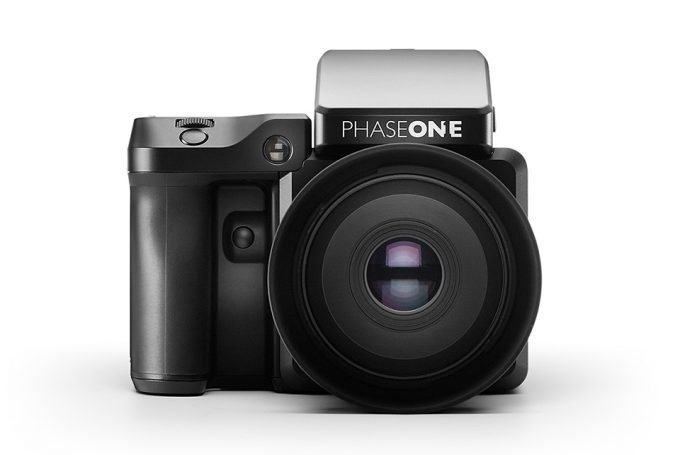
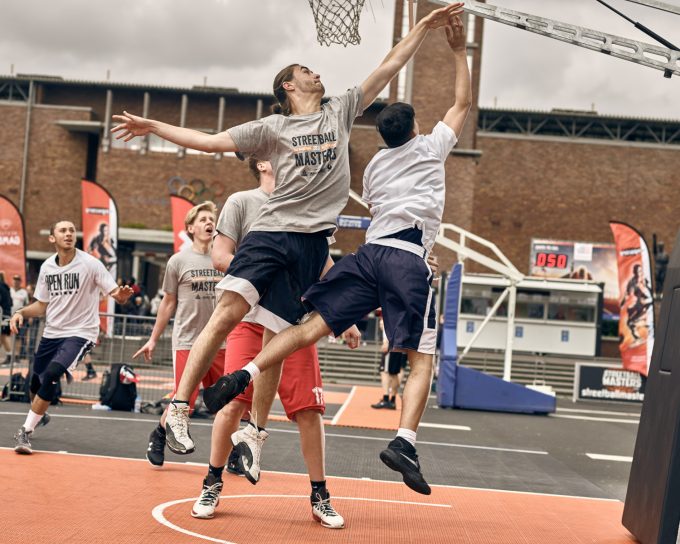
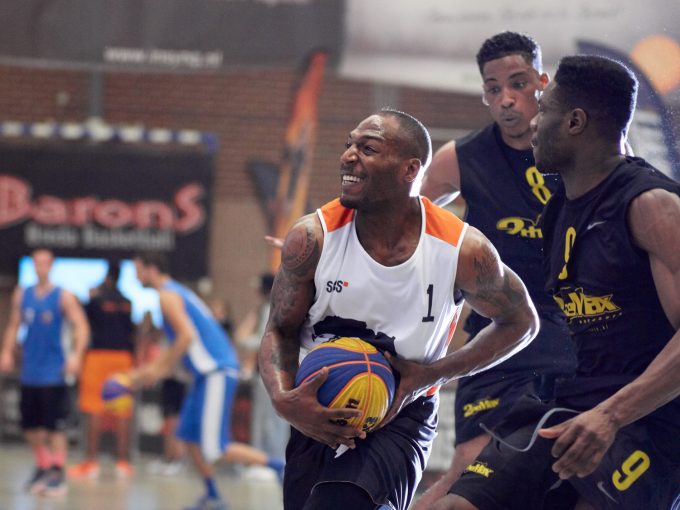
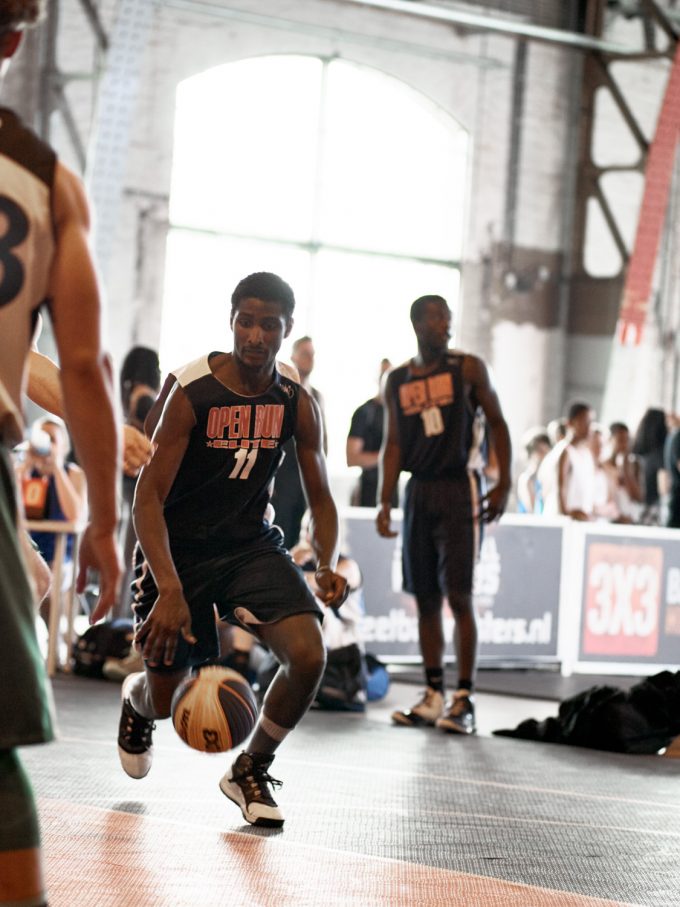
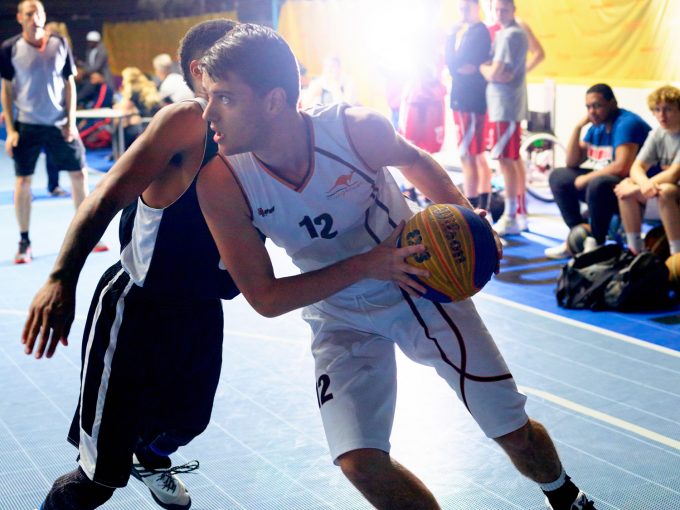
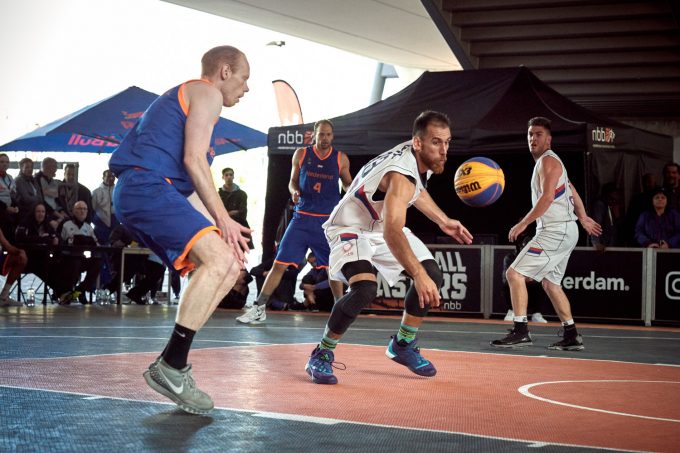
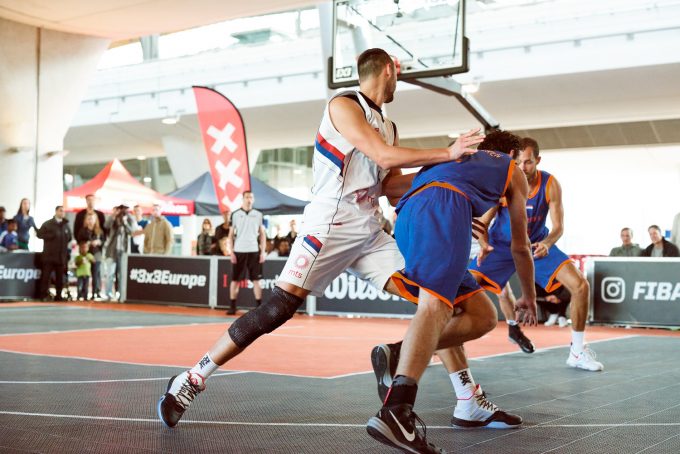
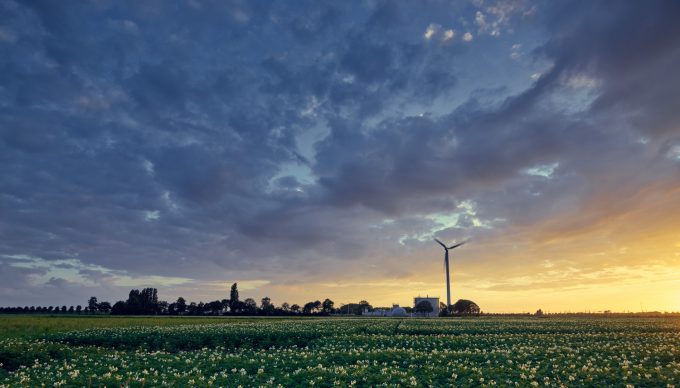
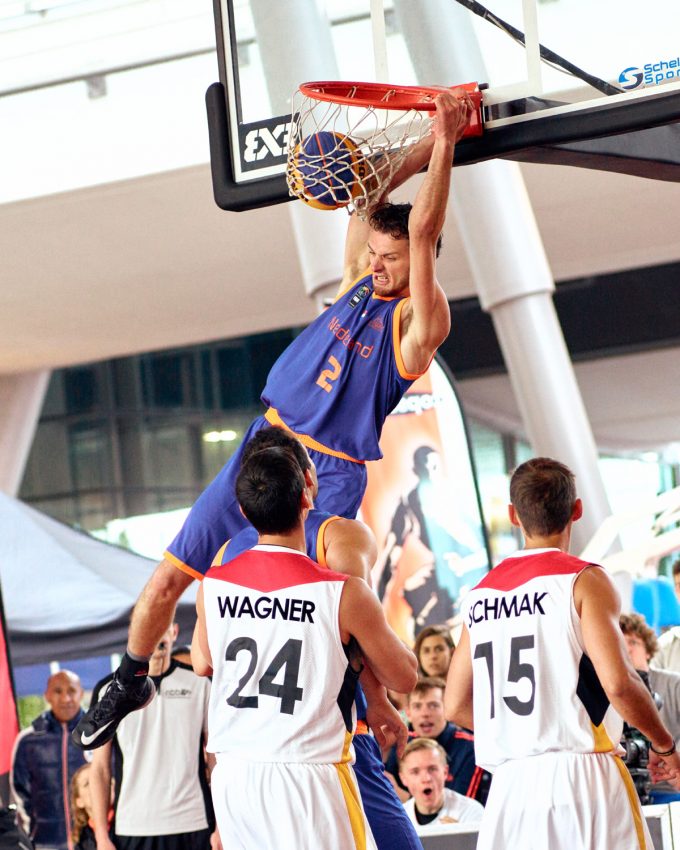
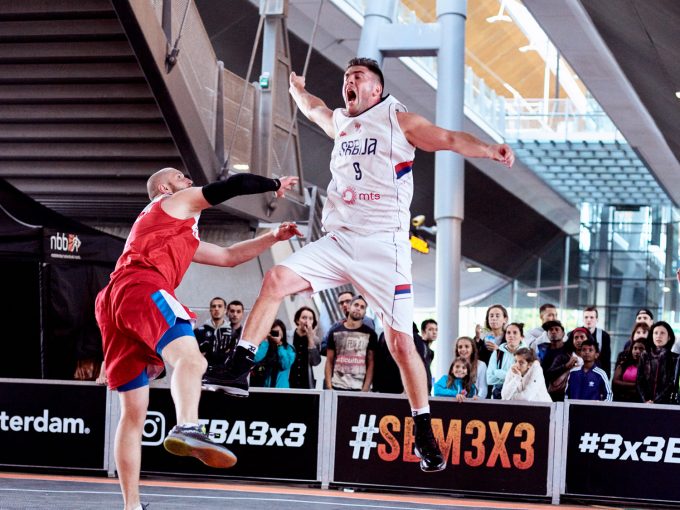
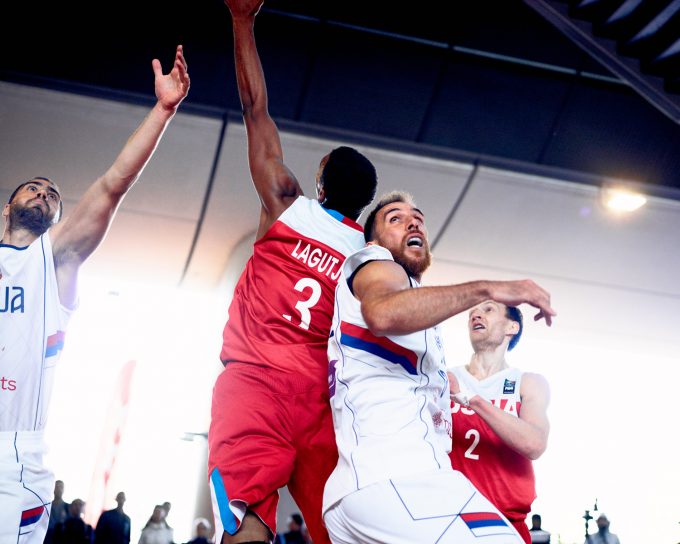
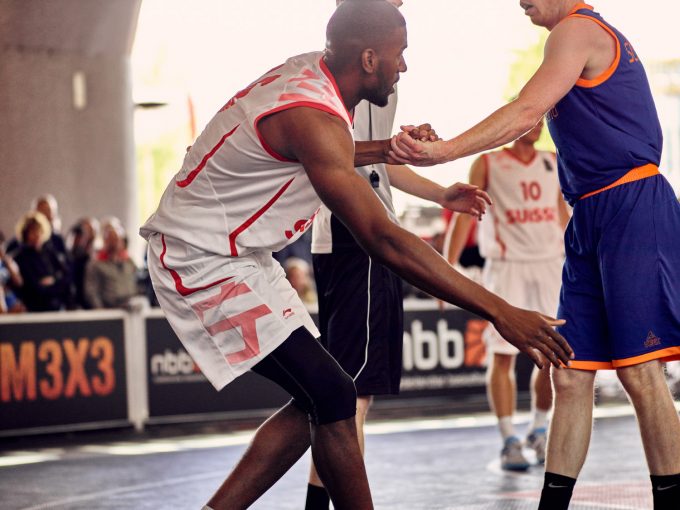
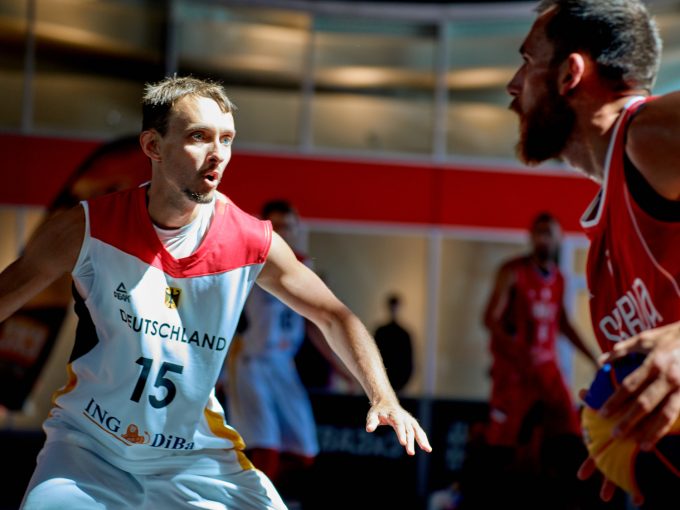
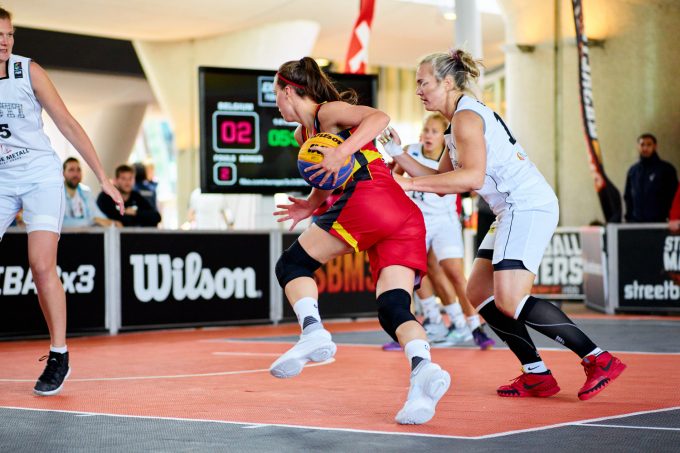
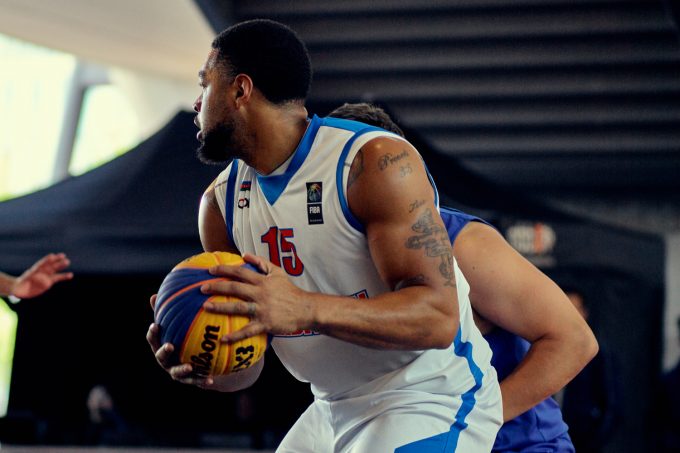
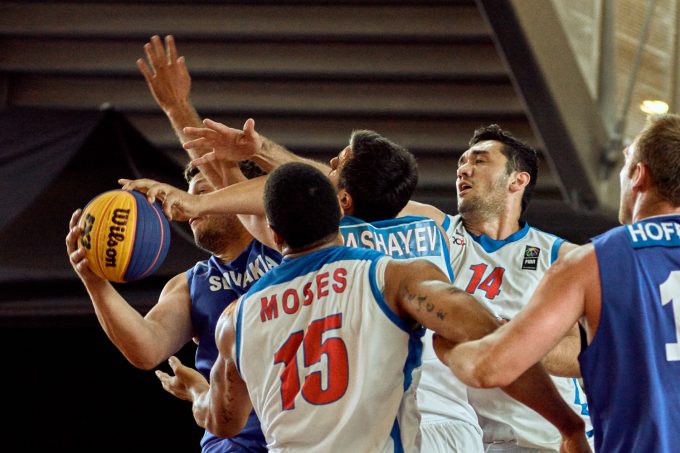
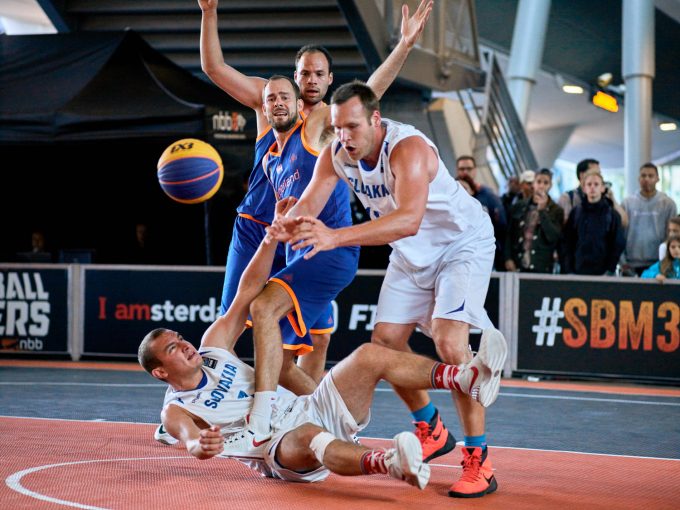
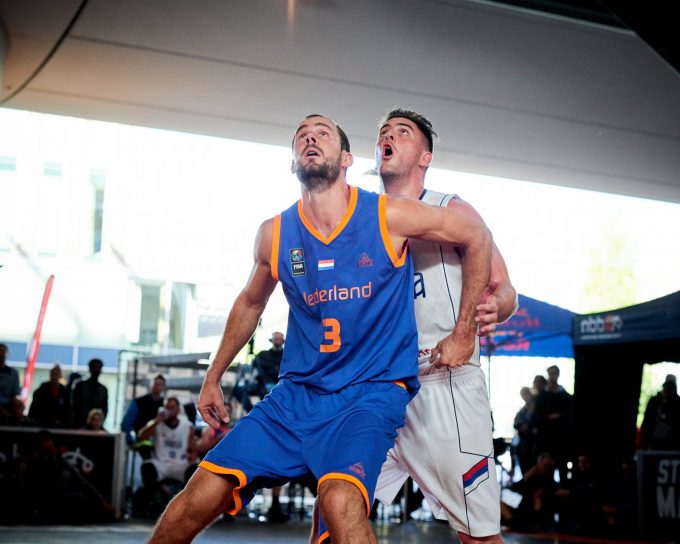
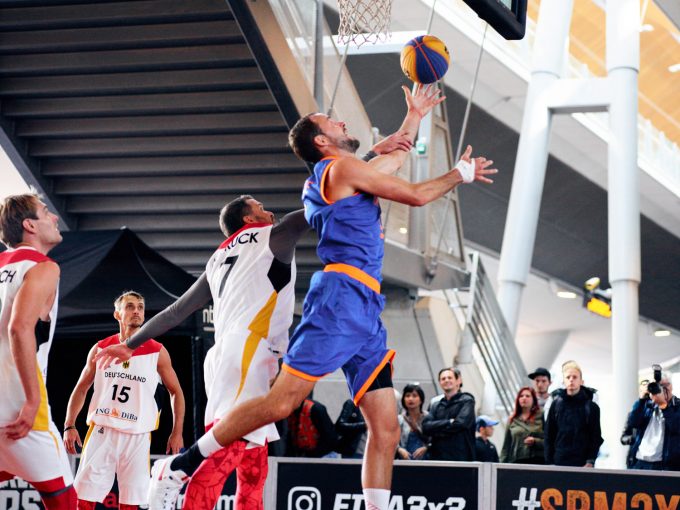
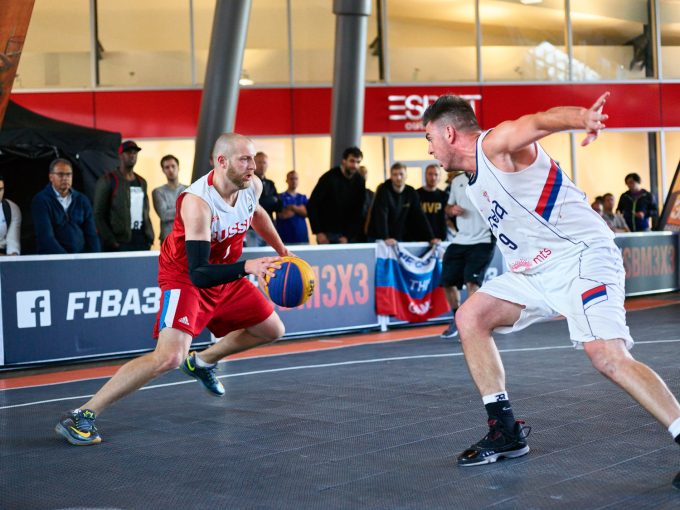
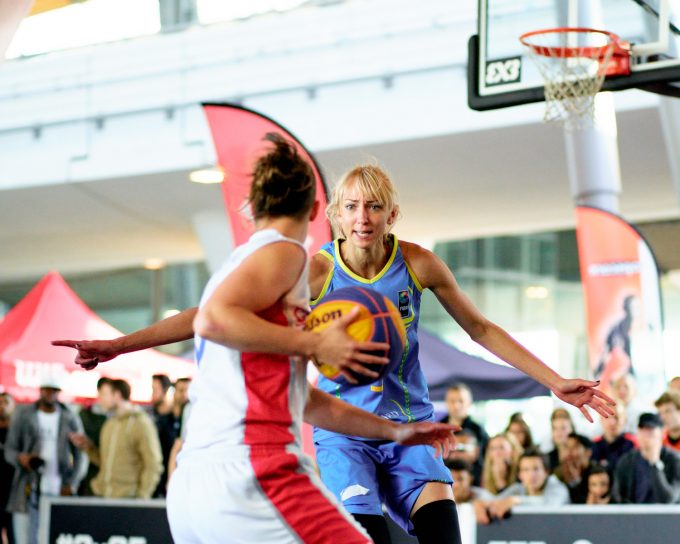
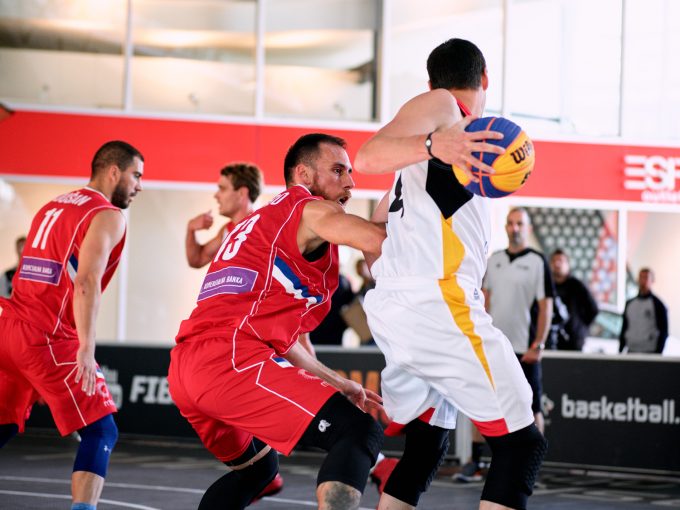
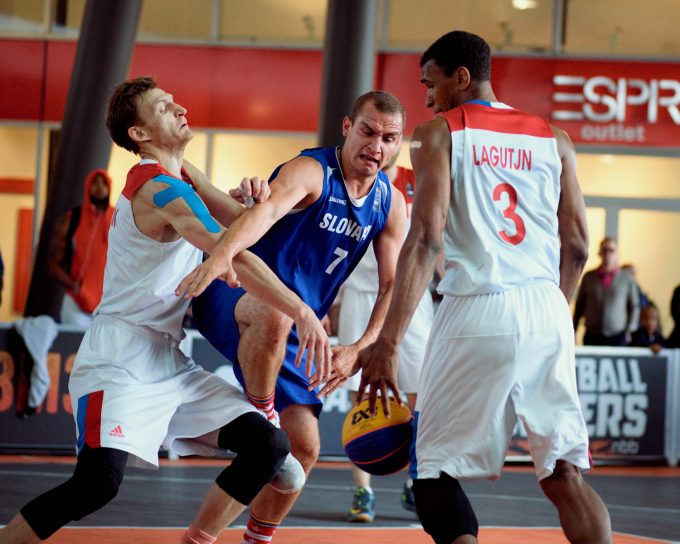
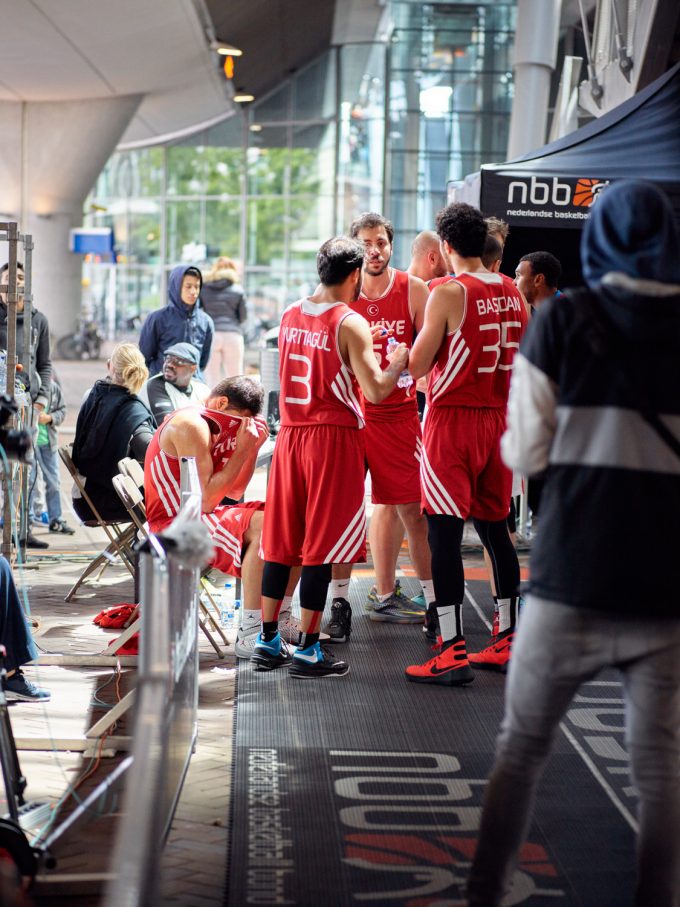
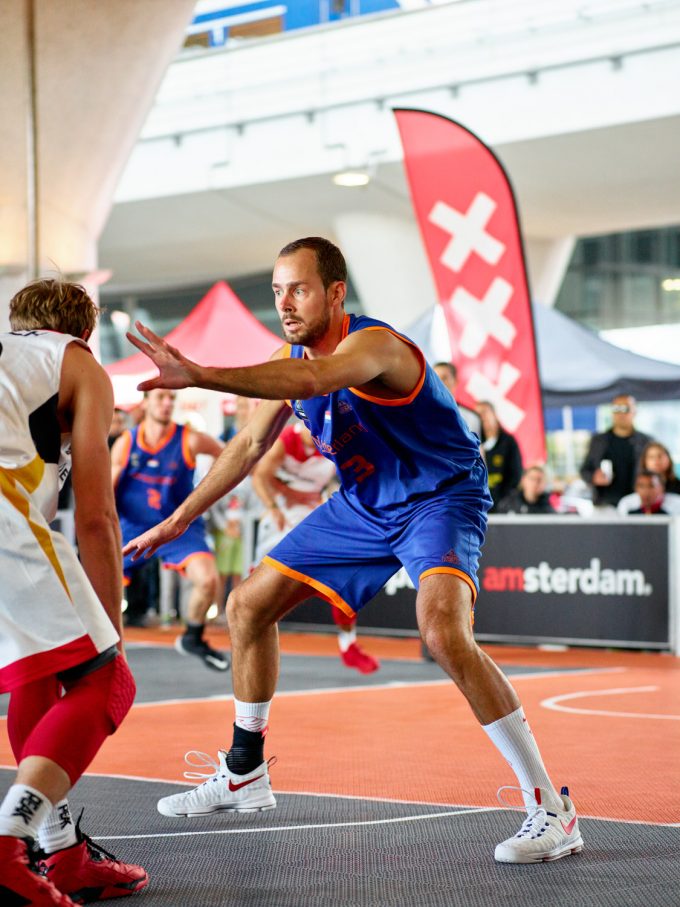
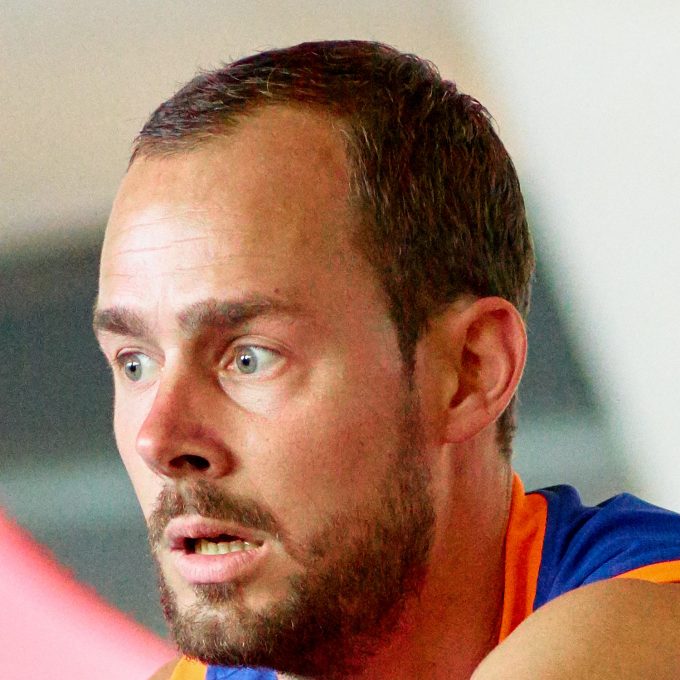

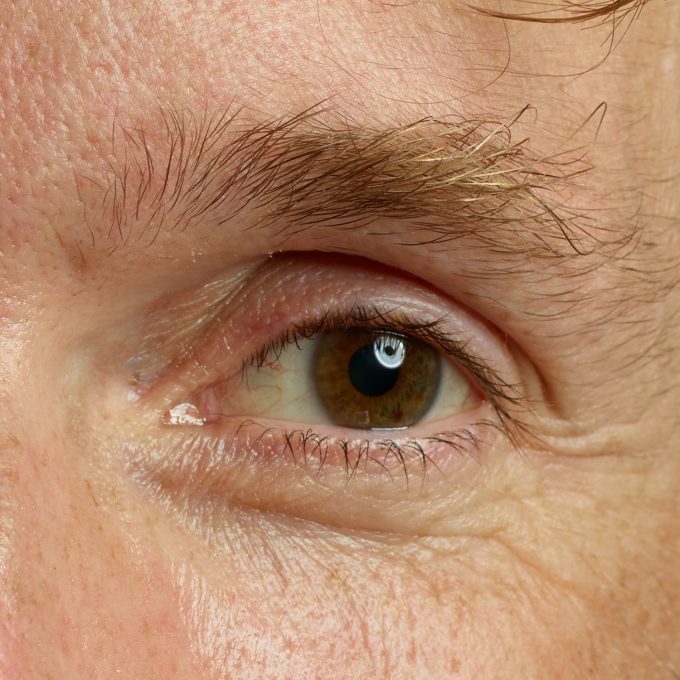

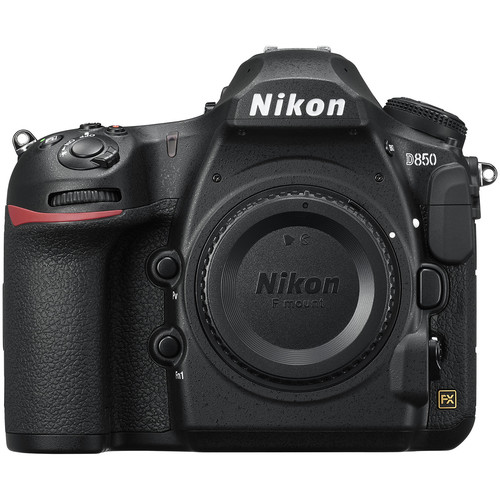
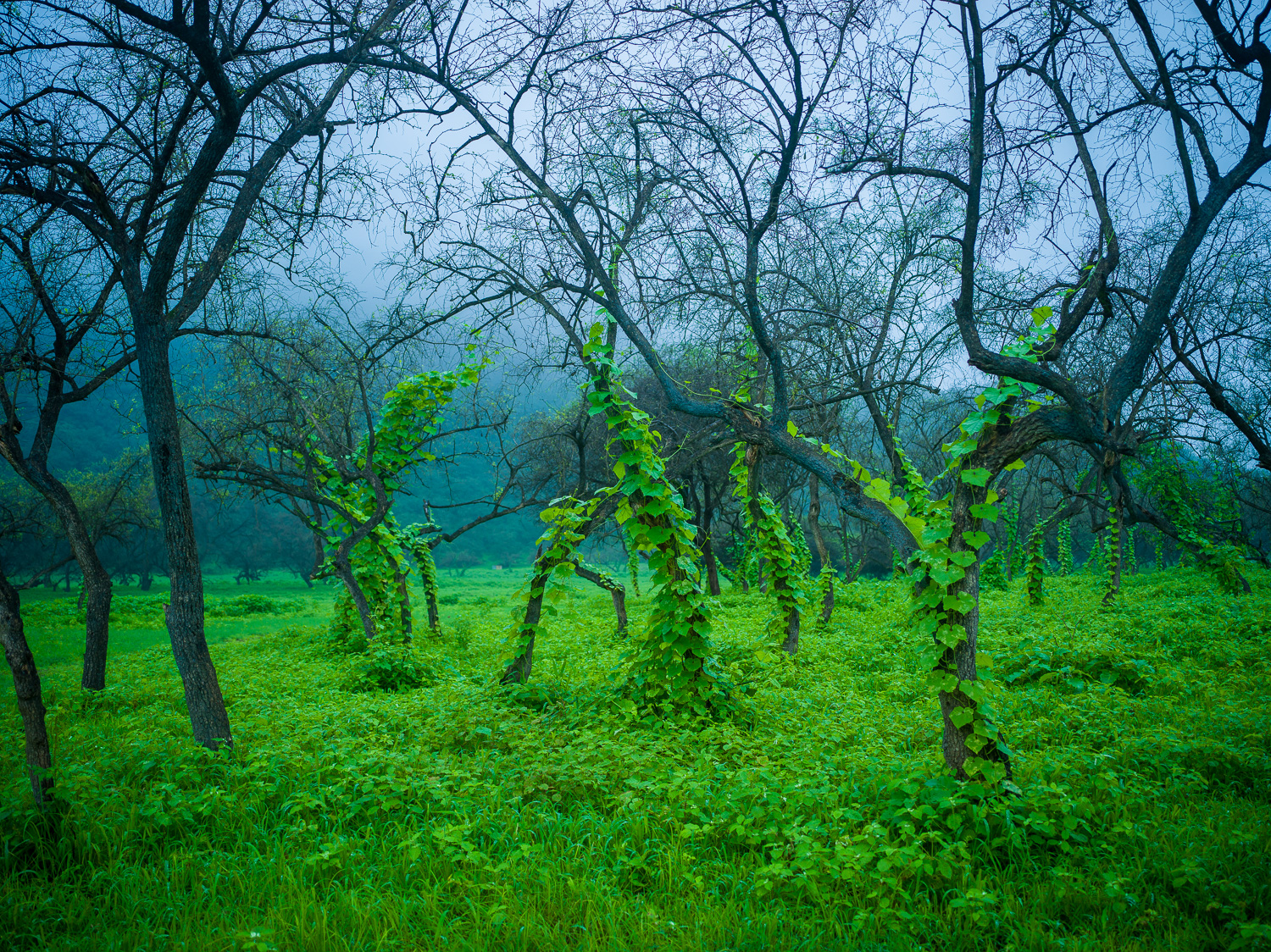
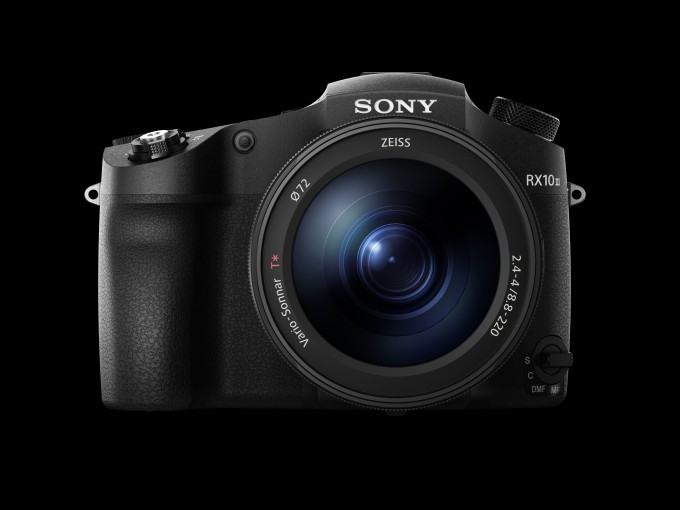
@Bill: your comment reminds me of the impact of technology on art in the video game industry. In the early days of video games, artists weren’t required. This was because the number of pixels available (a 16×16 grid for a character) was too small for an artist to differentiate their work from non-artists like the programmers who made most of the graphics at the time. Later, pre-rendered graphics in games like The Seventh Guest or Myst allowed more complicated scenes to be made and they did require skilled artists to make them. Now, games are starting to approach cinematic quality and the artists who work in the field have to be that much better than artists in earlier eras to best take advantage of the technology. In some cases, artists were more skilled than the then current technology was capable of showing, but with others, their skill level exactly matched the existing technology, which left them behind when technology advanced.
The key in games, and probably with photography as well, is to learn how to exploit the technology to the best advantage. With the XF 3-100MP, I would focus on emphasizing colour and the sharpness one gets when downsampling from extremely high res images.
Thanks for replying Andrew!
Hello Michiel,
The images haven’t been sharpened, so no, I don’t think they are over-sharpened. However, downsampling from high resolutions might cause the effect you are seeing. Also keep in mind that the shots in this article were made by three different cameras. In order of resolution: D800 (36MP), IQ250 (50MP), IQ3-100 (100MP).
The Nikon is probably more fun to shoot because it is fast and light, but I care more about image quality than ease of use. As far as image quality is concerned, yes, I think there is a big difference; not only between the Nikon and the two Phase One cameras, but also between the two Phase One cameras. As I wrote in the article, it comes down to colour. The colour on both Phase One systems is richer than the Nikon, and the XF-100MP kit has the strongest colour of the three.
On that last subject though, I can appreciate that there may be a range of opinion on what the word “meaningful” means here. I read an article by a photographer who had a Phase One system and then switched back to Nikon because he felt the image quality difference wasn’t “meaningful” but it was “noticeable”. After going to his website, I understood why he made the choice: it’s because colour isn’t that prominent in his work. If you look at a photographer to whom colour is very important, like Tim Kemple or Howard Shooter, a “noticeable” difference is more likely to be meaningful.
For me, the colour difference between the IQ3-100MP and the others is very strong and well worth the price for people who like to work with colour. For photographers who like to desaturate their images, they will still get something out of it because of increased dynamic range, but not as much.
Best regards,
AP
Hi Andrew, a few comments.
1 First of all (I played basketball for some ten seasons, a long time ago, before I started to race bicycles), it takes a real basketball nut to capture images like these, whatever gear is used. I really feel drawn in to the game. Really good!
2 Secondly: I admire your dedication in using gear not really suited to the job. Is it worth all the trouble? Can we see the difference in image quality in a meaningful measure? Pitting the Phase One and the D800 against f.i. a D4s (a true sports camera) would have been interesting.
3 I’m not sure I see a meaningful difference in image quality between the Phase One and the D800; the D800 images seem to be a little oversharpened; do you concur?
Anyway, many thanks for sharing once again an interesting contribution!
Great post. I’ve owned this camera since January and have absolutely fallen in love with it. Yes, it’s big but there is just nothing else out there in regards to ultimate image quality. Thanks for sharing.
Gage
Looking at these images it’s interesting to consider the oft repeated mantra that the gear doesn’t matter. Because of course it does.
Even here, with sports – a genre you wouldn’t consider particularly reliant on megapixel muscle – the sheer amount of detail makes the image more impactful & three-dimensional. In fact it almost feels like looking out of the window at the real event.
So I guess I do understand our endless obsession with gear, since all other things being equal (ie our actual photographic abilities), it makes perfect sense to have as much firepower at our disposal as possible.